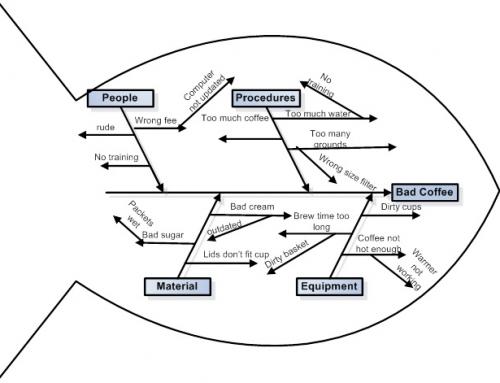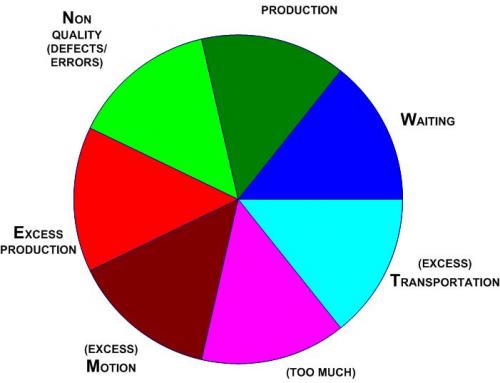As a consultant, who specializes in inventory management, I often notice that companies are jeopardizing their abilities to make more sales and increase cash flow by not taking the time to optimize their inventory turns.
If this is an issue your company is facing and you’re looking for ways to increase your Return on Inventory Investment (ROII), here are my thoughts on best practices for optimizing your inventory turnover.
What is the inventory turnover ratio?
 The inventory turnover ratio is a measure of how many times a company sells its average inventory in a period of time during the year. The simplest way to calculate the inventory turns is to divide the Cost of Goods Sold for the past 12 months by its Inventory Value.
The inventory turnover ratio is a measure of how many times a company sells its average inventory in a period of time during the year. The simplest way to calculate the inventory turns is to divide the Cost of Goods Sold for the past 12 months by its Inventory Value.
For most small and medium size companies, their biggest financial investment is most often the inventory. The less money you have tied up in inventory, the more money you have at your disposal for other needs. An optimized inventory turn will give you a higher return on investment, better cash flow and more capital, which will ultimately lead to higher profitability. It is essential that the inventory turns are used as a key performance indicator of your operation and monitored constantly.
However, higher inventory turns should not be at the cost of the company’s desired service level. The goal of any efficient operation is to have the highest possible order fill with the lowest possible level of inventory. It’s tough to maintain a balanced inventory because these two factors work against each other. Many operations with high inventory turns achieve this status at the cost of reduced sales and, as a result, they don’t realize how much they are hurting their businesses. So it is of paramount importance that the service level is not compromised in a company’s quest for higher inventory turns.
While it is tough for many businesses to get this balancing act together, there are 3 steps you can take to protect both the inventory turns and your order fill.
The 3 Simple Steps to enhance your inventory turns and order fill
- Protect your ‘movers’ – fast moving items: It’s appalling that many businesses often run out of their fast moving items. Inefficient demand measurement, wrong re-order points and inappropriate order frequency, are among the many contributing factors to this grave error. Extreme care should be taken to ensure you don’t run out of your fast moving items.
- Increase your order frequency: One easy way to keep your inventory low is to increase your re-order frequency. Of course there are challenges associated with this, but if you can negotiate with your suppliers and place more frequent orders, this will help in keeping your inventory low.
- Eliminate obsolete inventory: It is important that you don’t keep a lot of obsolete inventory. Obsolescence is a killer for many businesses from an inventory turns and cash flow perspective. The dead inventory must be sold off at a reduced price, or at the cost, so that its value can be converted to cash and invested in moving items and/or in other areas of your business.
Many companies focus too hard on the sales side of their business and do not pay enough attention to inventory management.
So ask yourself…
- Are you are paying enough attention to your biggest investment? Or have you just left it to the inventory control team?
- Have you made sure the systems parameters are set up for a balanced inventory?
- Have you provided your inventory management team with enough training? Or, have they accepted the mediocre results and are trying to do the best they can with their systems, resources and training?
It is a worthwhile exercise to invest your time and efforts in evaluating your situation to ensure your systems are set up properly. Afterwards, it is up to you to make sure that your procedures are then implemented to optimize your inventory turns and increase your Return on Inventory Investment (ROII) and cash flow.
Please download this 15-Point Inventory Management Checklist for more information on dealing with your inventory turns.

What challenges are you facing with your inventory management? Let us know in the comments below.[/fusion_builder_column][/fusion_builder_row][/fusion_builder_container]









Leave A Comment